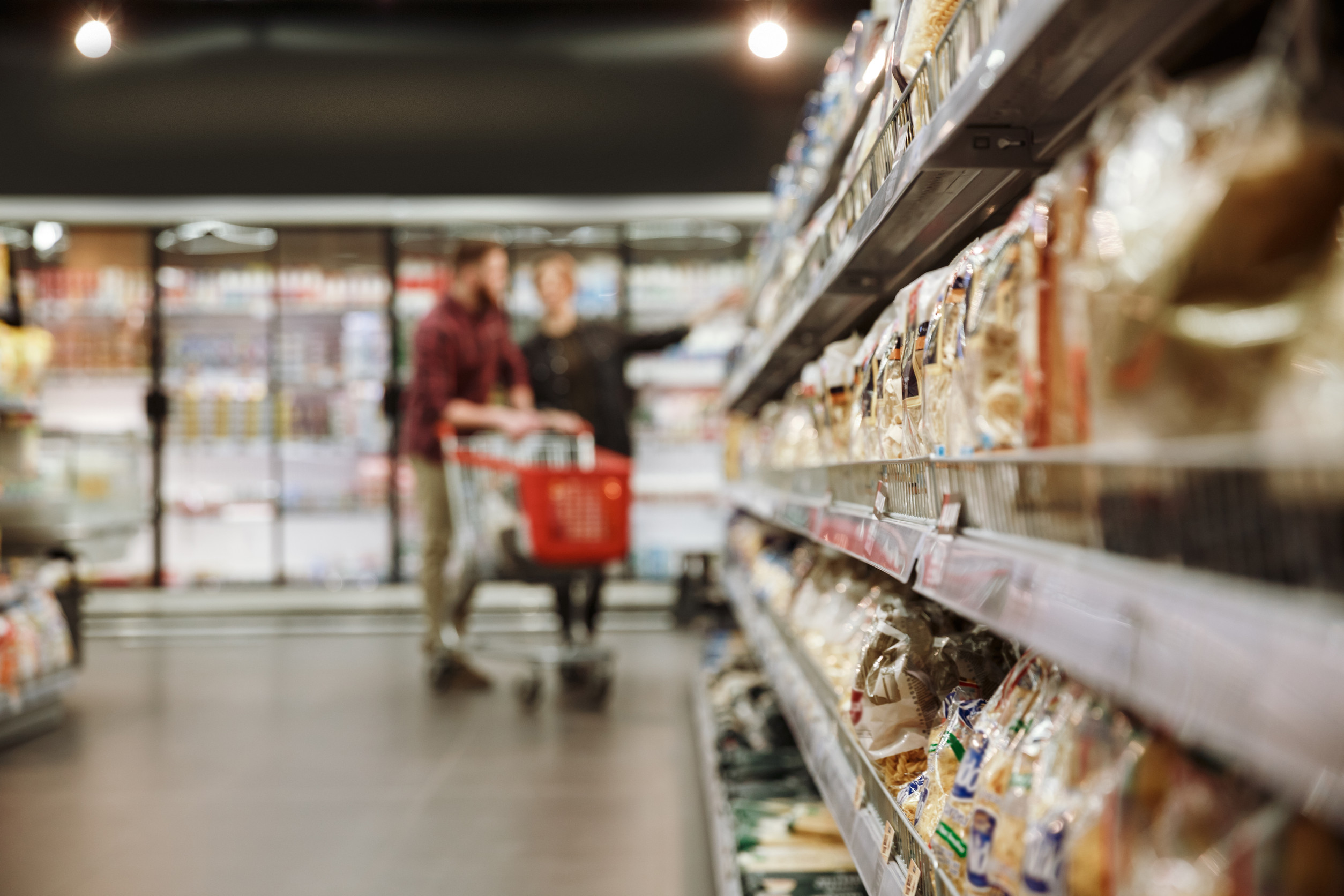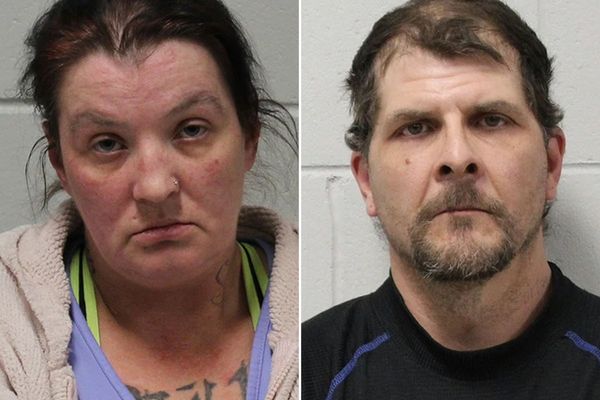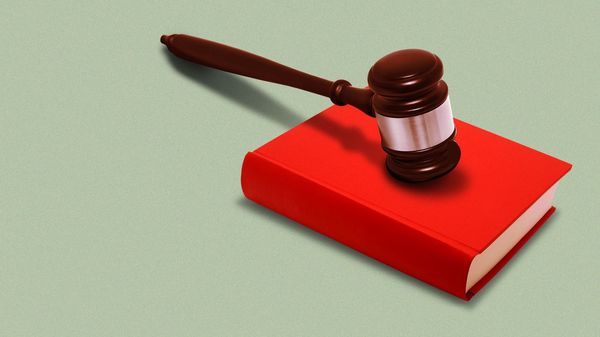
Next time you’re shopping, remember: cameras are more than just hanging by the doors. You might be being recorded in more places than you think—often in spots where you least expect it. Knowing where you’re most likely being recorded isn’t just about privacy—it helps you understand what’s normal, what’s legal, and how stores use video for security, loss prevention, or sometimes inventory. If you care about your privacy, being aware gives you power. Here are seven spots in a grocery store where you’re most likely being recorded—and what that means.
1. Entrances and Exits
One of the first places you’ll likely be recorded is at the entrances and exits. These are prime spots for cameras because stores want to monitor who comes in and who leaves—both for deterring shoplifting and for safety. These cameras often point both inside and outside so security can see faces clearly and track movement. Because the lighting near doors can vary (bright outdoors vs. indoor lighting), stores invest in cameras with wide dynamic range to handle exposure differences. So expect that every time you walk in or out, there’s a good chance you’re being recorded.
2. Self-Checkout and Checkout Lanes
You’ve probably noticed cameras near the standard checkout stations—and self-checkout is no exception. Stores use video surveillance at checkouts to reduce theft, monitor employee behavior, confirm scanned items vs. what ends up in bags, and validate disputes. When you scan your groceries, bag them yourself, or interact with the payment terminal, there’s a strong chance you’re being recorded. Also, newer systems may combine camera footage with weight sensors or AI algorithms to detect anomalies in self-checkout operations. If you ever feel something’s off in that area—price mismatches, scanning errors—the video could be the proof.
3. Aisles with High-Value, Easily Shoplifted Items
Certain aisles are more “camera-dense” because they contain products that are attractive to thieves—liquor, cosmetics, vitamins, electronics, or over-the-counter medicines. Stores often place cameras at the ends of these aisles (endcaps) or overhead so they can cover displays and monitor product removal. Even diet supplements, premium chocolates, or skincare items might get more surveillance than staple goods. These spots are strictly watched to discourage concealment, tampering, or taking without paying. So, when you’re browsing those “tempting” shelves, assume you’re being recorded there, too.
4. Produce / Bulk / Floral Departments
Places like produce, bulk bins, or floral departments are more open and have fewer physical barriers, which makes them ideal locations for wide‐angle cameras. Because employees stock, clean, and restock frequently, there’s also risk of loss (spoilage, theft, or misplacement), so stores record them to monitor waste and shrinkage. Lighting in those sections tends to be bright, and plants or displays create interesting backgrounds—but also can provide visual obstacles if cameras aren’t well placed. Shoppers who pick up produce, weigh it, and put it in bags—all that can be in view of ceiling-mounted surveillance. So yes, when you weigh fruit or flowers, chances are you’re being recorded.
5. Stock Room, Storage & Back Door Areas
You might think backrooms and storage are private—but many stores record there too. These areas include stock storage, loading docks, back doors, and receiving areas where deliveries happen. Video is used for theft prevention (employee theft, vendor fraud), safety (forklifts, pallets), and oversight of the chain of custody when shipments arrive. While recordings may be less obvious (fewer dome cameras or visible signage), these are important zones for loss prevention teams. Being recorded in back rooms is often less about you, the shopper, and more about inventory and safety—but it still means you could be caught on camera if you’ve gone slightly off-aisle or are helping with something.
6. Parking Lot & Exterior Spaces
The monitoring doesn’t stop once you leave the building. Most grocery stores have cameras covering parking lots, entrances, exterior doors, and sometimes even sidewalks up to the street. These cameras often catch license plates, faces, and outdoor behavior (entering and leaving your car, loading groceries). They serve many purposes: deterring vandalism, monitoring the safety of shoppers going to their cars, and providing evidence in accidents or thefts of property outside. When walking from your car, loading food, or even arriving, you can assume you are being recorded there as well. These cameras are often among the highest resolution in the store’s system because of liability and security concerns.
7. Promotional Displays, Seasonal or Featured Item Spots
Stores often put cameras focused on promotional displays, holiday endcaps, and featured item spots where they expect high foot traffic. Why? Because these are the places people tend to linger, touch products, or even test things—making them more likely locations for shoplifting or damage. By placing extra surveillance at these hotspots, stores can monitor behavior around new products or sale items. Also, these areas provide good camera angles to capture customer engagement, popular items, or how people react to displays. So, when you pause in front of that special seasonal display or promotional bin, odds are you’re being recorded.
Why All This Matters for You
Being recorded in grocery stores is pretty much standard these days—it’s part of loss prevention, safety strategy, and operational monitoring. But there are reasons you should know where and when it happens: you can understand what’s normal, what might feel intrusive, and how to spot when surveillance is actually overstepping privacy expectations or local laws. If a store uses cameras in ways you find uncomfortable or unexpected, look for signs or policies that tell you where cameras are, what is recorded, who has access to footage, and how long data is kept. Being informed helps you protect your privacy while still recognizing safety and security needs. Next time you shop, recognizing where you’re being recorded can help you make choices—like avoiding certain lanes, checking for signage, or knowing when to ask questions.
Did you ever notice a camera in a place that surprised you—maybe in a corner or aisle where you didn’t expect “being recorded”? What was the spot, and how did you feel about it? Share your experiences in the comments below.
What to Read Next
- What Are These New Grocery Surveillance Carts Really Tracking?
- What You’re Not Being Told About Store Bakery Safety
- Is It Safe? What Happens If You Drink Beer Past Its Expiration Date
- Are Ready-To-Eat Meals Safe After Hours in Transit?
- 5 Big Box Items That Are Failing Safety Inspections
The post 7 Places in a Grocery Store Where You’re Most Likely Being Recorded appeared first on Grocery Coupon Guide.







